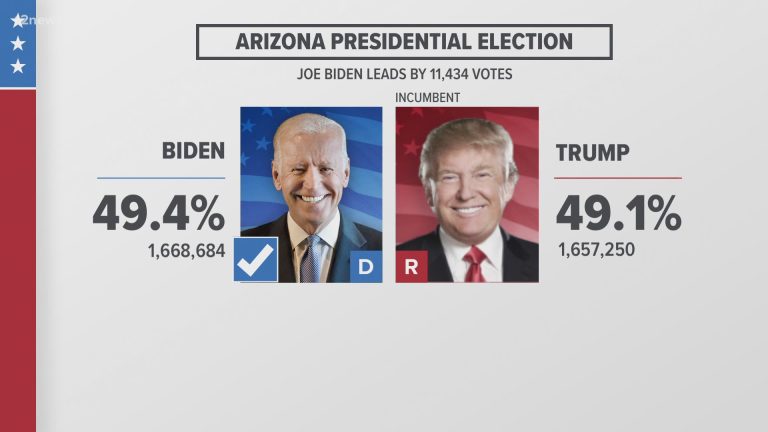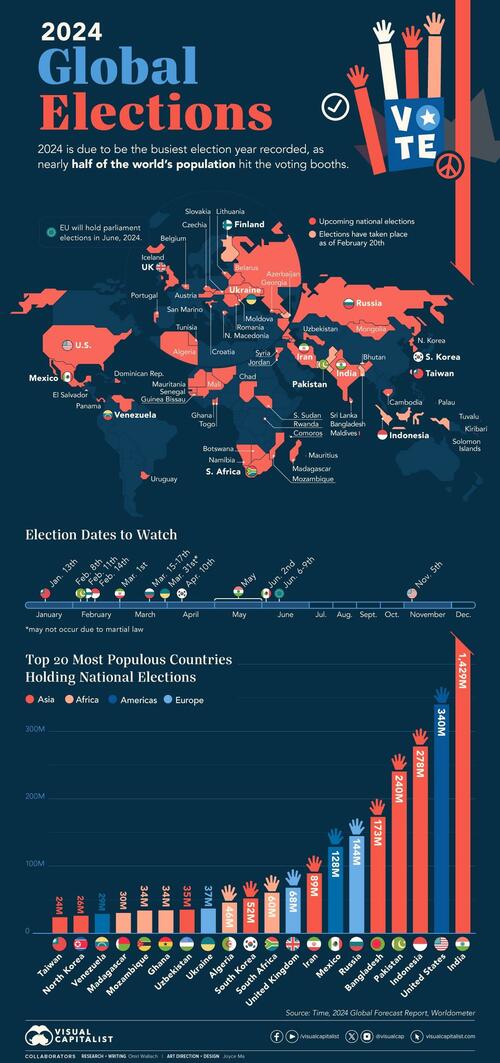

Unmasking the Enemy: Who’s REALLY Behind the Election Rigging?
The whispers are growing louder. Accusations of election rigging, once confined to the fringes of political discourse, are now echoing in mainstream media, fueling deep societal divisions. But who is truly behind these alleged manipulations? Unmasking the enemy requires peeling back layers of complexity, moving beyond simplistic narratives of good versus evil. The reality is far messier, a tangled web of actors, motives, and methods.
The Usual Suspects: States, Parties, and Individuals
The most obvious culprits are often national governments, political parties, and even individual candidates. Historically, authoritarian regimes have been notorious for manipulating electoral processes through voter suppression, ballot stuffing, and outright intimidation. However, the modern landscape is far more sophisticated.
| Actor | Method | Example |
|---|---|---|
| State Actors | Voter suppression, gerrymandering | Restricting access to polling stations |
| Political Parties | Coordinated disinformation campaigns | Spreading false claims of voter fraud |
| Individual Candidates | Vote buying, intimidation of voters | Offering bribes for votes |
These tactics, while effective, are becoming increasingly difficult to execute undetected in the age of digital surveillance and independent election observation. The shift, therefore, is towards subtler, more insidious forms of manipulation.
The Shadowy Players: Foreign Interference and Cyber Warfare
Foreign interference in elections is no longer a theoretical threat. The 2016 US Presidential election served as a stark reminder of the power of foreign actors to exploit social media, spread disinformation, and sow discord. This interference is not always overtly malicious; it can be subtle manipulation aimed at influencing public opinion, rather than outright rigging.
However, cyber warfare presents a far greater threat. Sophisticated hacking operations can target voting machines, voter databases, and even the election infrastructure itself. The potential for widespread chaos and mistrust is immense.
The Silent Architects: Private Actors and Dark Money
The most elusive players in this game are private actors and the flow of “dark money” that often fuels their actions. These shadowy groups, often operating behind opaque corporate structures, can influence elections through sophisticated data analytics, targeted advertising, and even the development of sophisticated voter manipulation software.
Their motivations are diverse, ranging from ideological fervor to pure profit. Tracing the origins and objectives of this dark money is incredibly difficult, making them a significant and potentially destabilizing force.
The Algorithmic Overlords: Big Tech and the Data Deluge
The rise of big data analytics presents a new frontier in election manipulation. Sophisticated algorithms can be used to micro-target voters with personalized propaganda, exploiting vulnerabilities and biases to influence their choices. The very platforms designed to connect people can be weaponized to divide and conquer.
| Technology | Impact | Potential for Manipulation |
|---|---|---|
| Social Media | Amplification of disinformation | Targeted ads, spread of misinformation |
| Data Analytics | Micro-targeting of voters | Identifying and exploiting vulnerabilities |
| AI | Personalized propaganda generation | Creating convincing fake news, deepfakes |
Unmasking the Enemy: The Path Forward
Identifying and combating election rigging requires a multi-pronged approach. Increased transparency in campaign finance, strengthened cybersecurity measures, and improved voter education are crucial steps. Furthermore, international cooperation is vital to counter cross-border interference and the flow of dark money.
The fight against election rigging is not a battle against a singular enemy, but a constant vigilance against a multitude of evolving threats. Only through collective effort and unwavering commitment to democratic principles can we hope to safeguard the integrity of our electoral processes.

Additional Information
Unmasking the Enemy: A Deeper Dive into Allegations of Election Rigging
The assertion that elections are being rigged is a serious claim with far-reaching consequences. To analyze “Unmasking the Enemy: Who’s REALLY Behind the Election Rigging?”, we must move beyond the headline and delve into the specifics of the allegations. A rigorous analysis requires examining the methodologies used to support such claims, identifying potential biases, and assessing the evidence presented against the backdrop of established election processes and legal frameworks.
The core problem with claims of widespread election rigging lies in the difficulty of proving a negative. Demonstrating that an election was not rigged requires a comprehensive examination of every stage of the electoral process, from voter registration and ballot printing to counting and tabulation. This is a complex undertaking, particularly in large-scale elections with millions of participants.
Analyzing the Allegations:
To effectively analyze any specific claim of election rigging, we need to consider the following:
- The Specifics of the Allegation: Vague assertions of widespread fraud are insufficient. A credible claim must pinpoint specific instances, locations, and mechanisms of alleged manipulation. For example, claims of manipulated voting machines require evidence of specific machine models, compromised software, and verifiable instances of altered vote counts.
- The Source of the Allegation: The credibility of the source is paramount. Are the claims coming from credible, independent investigators, or from individuals or organizations with a known political bias? Consider the source’s track record and potential motivations.
- The Evidence Presented: What type of evidence is offered? Anecdotal evidence, statistical anomalies, or eyewitness testimony alone are typically insufficient to prove widespread fraud. Strong evidence would include documented instances of illegal activity, forensic analysis of voting equipment, and corroborated witness accounts.
- The Statistical Significance: Statistical analysis can play a role in detecting anomalies. However, simply identifying statistical outliers doesn’t automatically equate to fraud. Statistical fluctuations can occur naturally, and any observed anomalies need to be investigated thoroughly to rule out other explanations. Furthermore, the appropriate statistical tests must be applied, and their limitations acknowledged.
- The Context of the Election: The political climate, the closeness of the election results, and the existing level of trust in the electoral system are all crucial contextual factors. Claims of rigging are often more prevalent in highly polarized environments and close elections.
Examples of Allegations and their Analysis:
Often, allegations focus on specific aspects of the election process:
- Voter Fraud: Claims of voter impersonation, absentee ballot fraud, or registration irregularities require thorough investigation. While individual cases of voter fraud undoubtedly occur, proving widespread voter fraud that would materially alter election outcomes is incredibly difficult. Studies by organizations like the Brennan Center for Justice consistently show that voter fraud is extremely rare in the US.
- Voting Machine Manipulation: Allegations of voting machine tampering require forensic examination of the machines’ software and hardware. Claims must specify the type of manipulation, the scale of the alleged interference, and provide evidence of its impact on the results.
- Statistical Anomalies: While statistical analysis can be a useful tool, it’s crucial to avoid cherry-picking data or misinterpreting results. Statistical anomalies need to be investigated to determine if they are due to chance, systematic error, or intentional manipulation.
Conclusion:
Claims of widespread election rigging require rigorous scrutiny. While isolated incidents of electoral irregularities may occur, claims of large-scale manipulation that would overturn election results demand substantial and verifiable evidence. A balanced and informed analysis needs to consider the source of the claim, the methodology used, the strength of the evidence presented, and the broader political and social context. Without such a thorough analysis, accusations of election rigging contribute to mistrust in democratic institutions and can undermine the legitimacy of election outcomes. Responsible journalism and civic engagement demand a commitment to fact-checking, rigorous analysis, and a critical examination of all evidence before accepting such claims as credible.




